Conservative pundits used the massacre at an LGBTQ nightclub as an excuse to further “grooming” smears

WRITTEN BY ERIC KLEEFELD
PUBLISHED 11/21/22
In the wake of the horrific mass shooting over the weekend at Club Q, an LGBTQ nightclub in Colorado Springs, right-wing media personalities have continued pushing a campaign of fear and hatred against drag queens and the trans community.
Five people were killed and at least 17 others injured in the shooting on Saturday, which occurred the night before the Transgender Day of Remembrance, an annual celebration of trans people whose lives were lost to acts of violence. The club regularly featured a drag show on Saturday nights, and also had an all-ages drag event scheduled for Sunday. A suspect is now being held and faces murder and hate crimes charges.
The shooting must also be placed in the context of an ongoing right-wing hate campaign smearing drag queens and transgender individuals as “groomers” — predators who “groom” minors for sexual exploitation — that has already resulted in multiple bomb threats against children’s hospitals. Right-wing media personalities attacked anyone making the obvious connection between real-world violence and their anti-trans smears, accusing their critics of committing “blackmail” against conservatives while defending their own vicious anti-LGBTQ narratives.
On Monday, conservative activist Rob Smith appeared on Fox Business’ Varney & Co., stating that as a gay man he had previously frequented Club Q when he lived in Colorado Springs. “We should all have the families and the victims in our prayers right now,” Smith said, calling the shooting “an absolute tragedy.” But, he then added in response to criticism: “There is a sort of far-left LGBT activist contingent that will stomp over the blood of these dead bodies in order to push their agenda, whether it is a gun control agenda, whether it is an agenda to bully and shame the people that are speaking up against drag queen story hour, against the sexualization and grooming of children that is coming from these far-left LGBTQ sort of circles.”
(Right-wing media have routinely misappropriated the term “grooming,” which describes a social process involved in child sexual abuse, to describe any education or cultural exposure to children about LGBTQ people.)
Smith further exhorted conservative viewers specifically to not reevaluate their prejudices in the face of this shocking violence: “Do not let these far-left LGBT activists sort of bully and shame you into silence, and sort of emotionally blackmail you into thinking that the tragedy that happened is somehow your fault because you spoke up against this. It is absolutely not true. So do not fall prey to that emotional blackmail.”
Citation From the November 21, 2022, edition of Fox Business’ Varney & Co.
On the Monday edition of his podcast, Daily Wire columnist Matt Walsh absurdly denied that there was any hatred against LGBTQ people, though he has in fact played a large role in the campaign targeting children’s hospitals for providing gender-affirming care, while also attempting to downplay recent violent threats against the facilities and their staff. (Walsh has also called to outlaw transgender health care for adults.)
Walsh further accused people who made the connection between anti-LGBTQ rhetoric and anti-LGBTQ hate crimes of being “demented freaks” who were in some way celebrating the mass shooting as a political means to go after their opponents:
CitationFrom the November 21, 2022, edition of Daily Wire’s The Matt Walsh Show
MATT WALSH (HOST): So all of us, you know, this is focused on protecting children from castration, mutilation, and sexualization. That’s our dastardly agenda, which the left claims is somehow spawning violence. In other words, they are using a mass shooting as a way to blackmail us into accepting the abuse of children. People die, and as soon as the bodies hit the ground, these demons think, “Yes, we can use this as ammo against conservatives who don't think children should be exposed to drag shows.” Just imagine that. People are dead, and that’s the first thing these demented freaks think. The first thing they think. Seeing the bodies hit the ground, the first thing they think is, “Oh, this is, this is great. Yeah, now we can, now we can silence people who are saying kids shouldn’t be at drag shows.”
Why do they do this? I mean, why do they play this game? Well, because they know that they can’t defend their positions otherwise. They want the kids at the drag shows, they want them in the sex-change clinics. But they dare not defend either stance out loud. They can’t. So instead, they resort to the worst kind of emotional manipulation, which is the only tool that these scumbags have in their toolbox, is emotional manipulation, that's all they’ve got. In this case, gleefully exploiting the deaths of the very people they pretend to care about. But they don’t care about them. They don’t care about anyone or anything except their demented ideological agenda. There is no tactic they won't resort to, no depth to which they will not plunge in pursuit of that agenda. And to silence those who oppose it. And I must tell them once again, it’s not going to work, not in my case it won’t.
Not to be outdone, Daily Wire founder Ben Shapiro’s response to the Club Q shooting was to blame progressives for society being so divided, proclaiming, “The Left has no problem blaming tragedies like the one in Colorado Springs on their political opponents. According to them, anyone who doesn’t support their radical social agenda is complicit. And yet they wonder why society is more polarized than ever.”
In addition, Daily Wire host Candace Owens also used the shooting as an occasion to further push hate against trans people, declaring that conservatives “absolutely should not support giving puberty blockers to children, because we’re moral, because we understand that ruining a child’s body is satanic.” She further described trans identity as a mental illness comparable to the mindset of the mass shooter himself, declaring that “the argument that they’re making is if only you guys would allow mental illness to prevail, then mental illness wouldn’t happen, because obviously this individual who shot up this club was a mentally ill individual,” further claiming there were “no signs” the attack was motivated by anti-LGBTQ hatred.
“But no, the left never misses an opportunity to score some points against the right, even if those points are not being scored,” Owens claimed. “Because we stand by our assessment that we need to protect children, and what’s happening to them in terms of the spread of the transgender agenda is wrong.”
Owens concluded that gender-affirming care for children is a form of abuse that would lead to suicides: “And the idea that you think we’re going to shut up about that, that you would stand behind dead innocent people in order to further your sick causes? Again, I have no words. You guys are monsters. And that’s all I have to say about that.”
CitationFrom the November 21, 2022, edition of Daily Wire’s The Candace Owens Show
Club Q has asked that people interested in donating to victims and the local community do so through a contribution to the Colorado Healing Fund, available at this link.

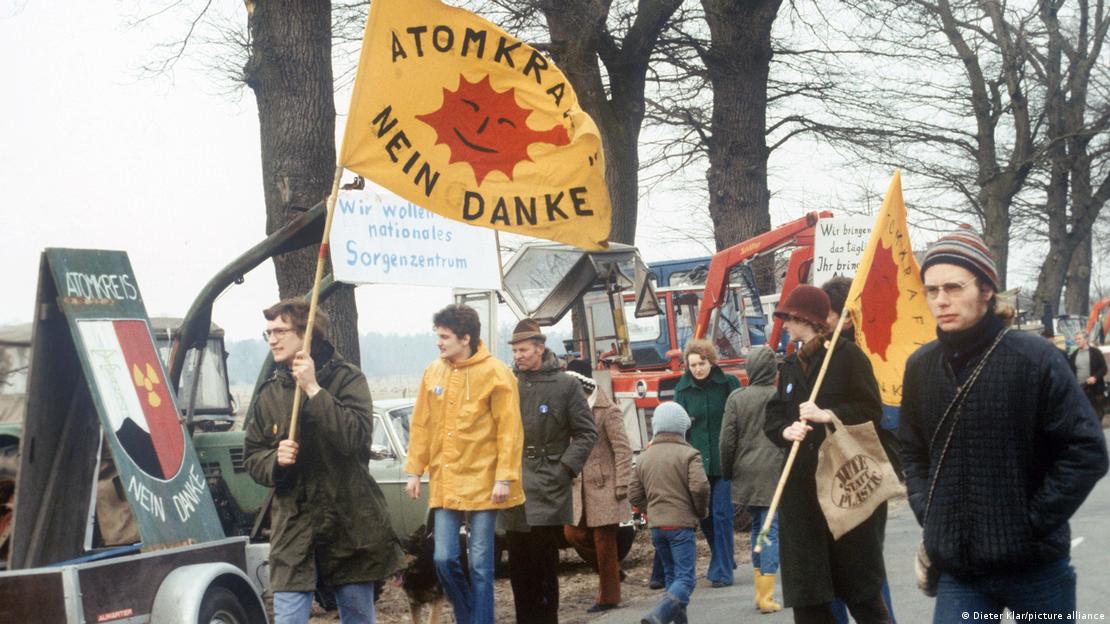
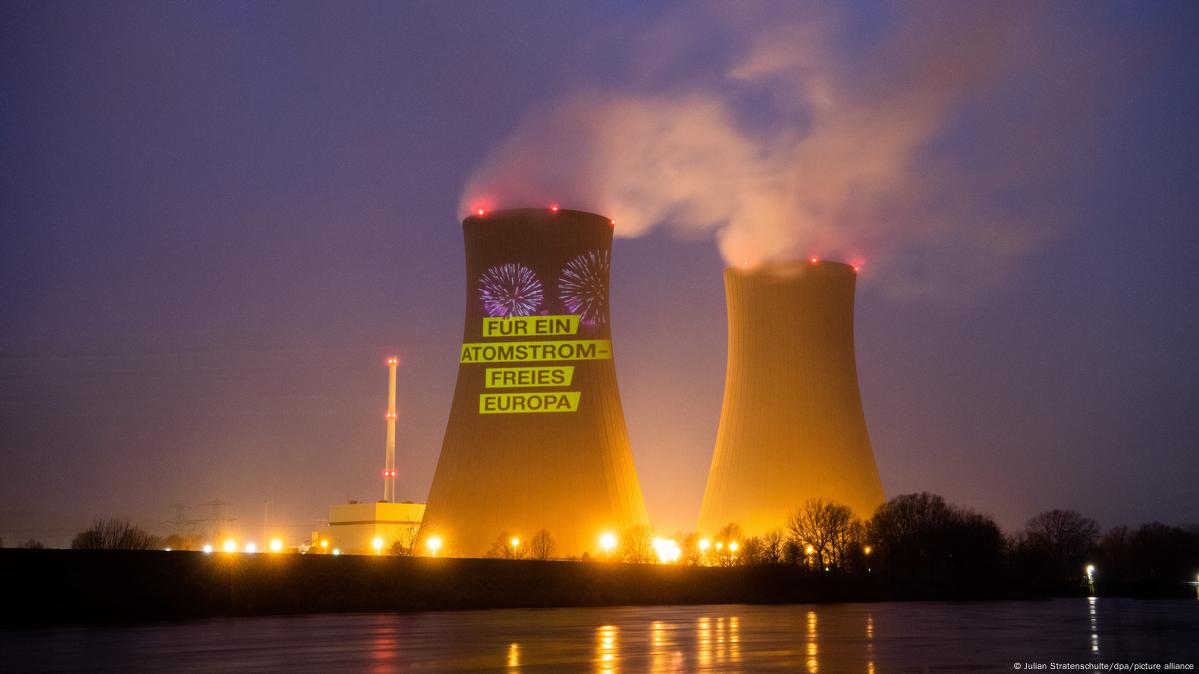
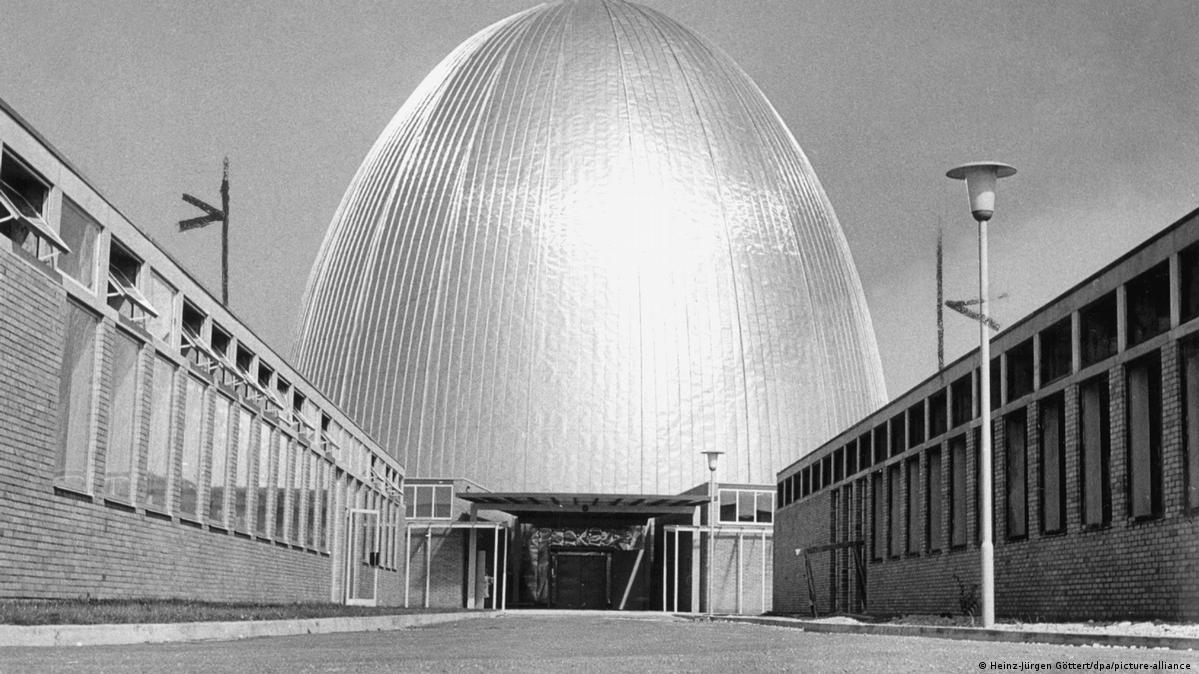
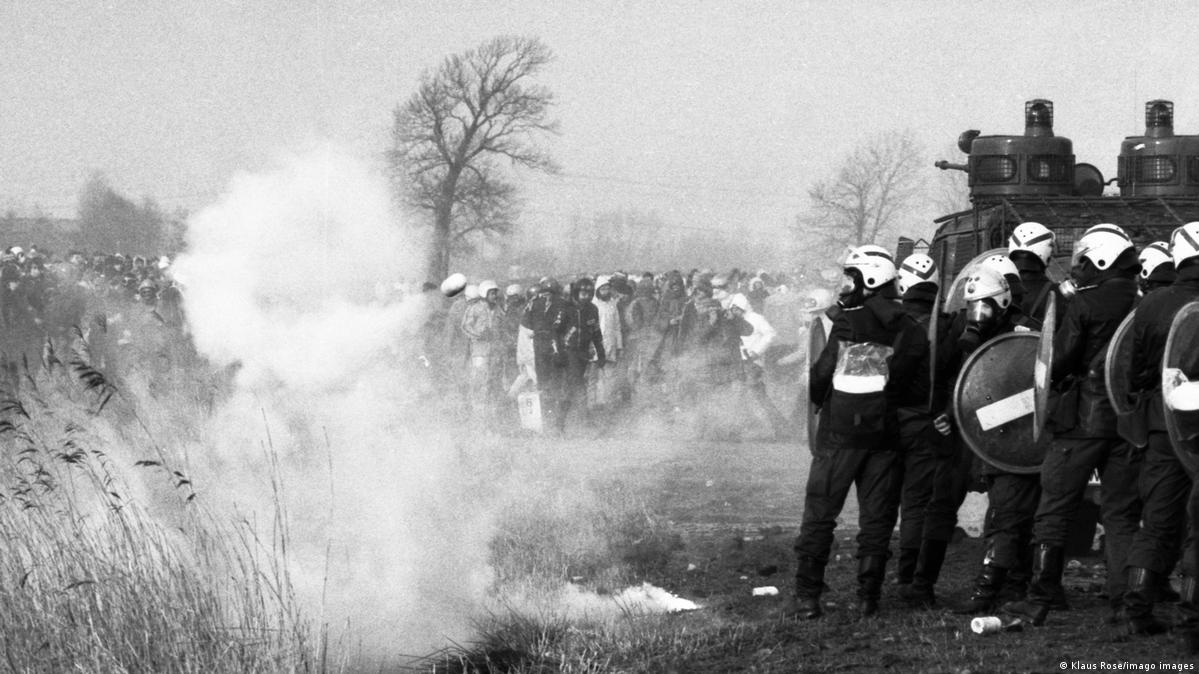
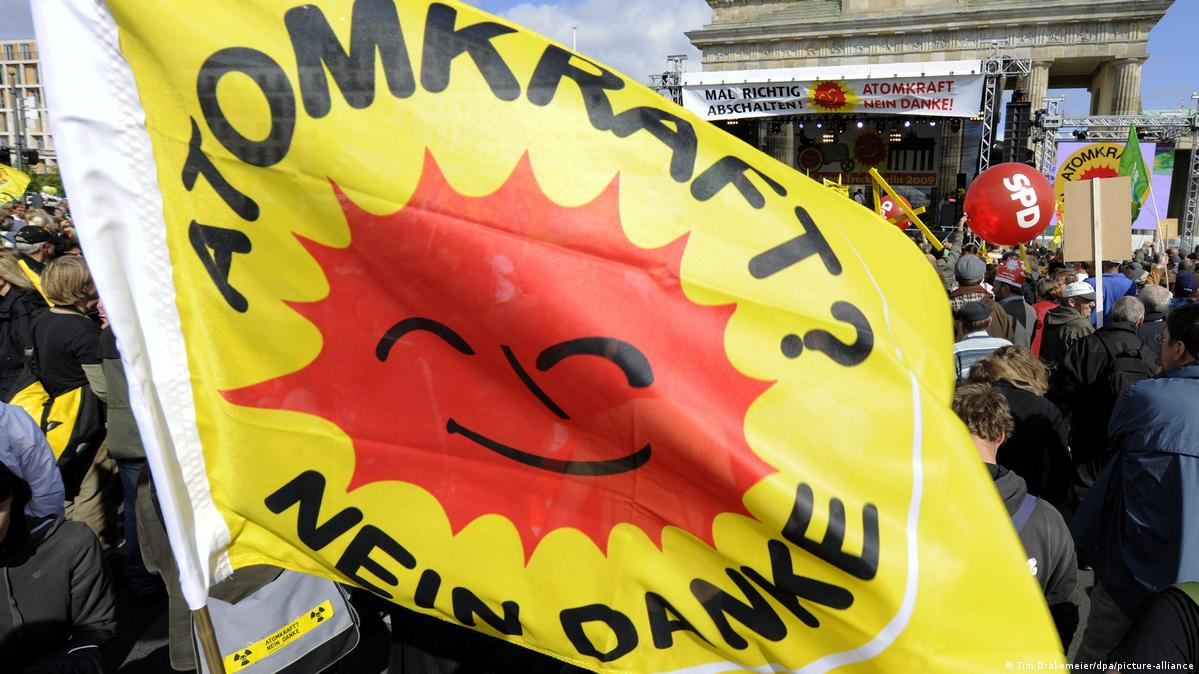
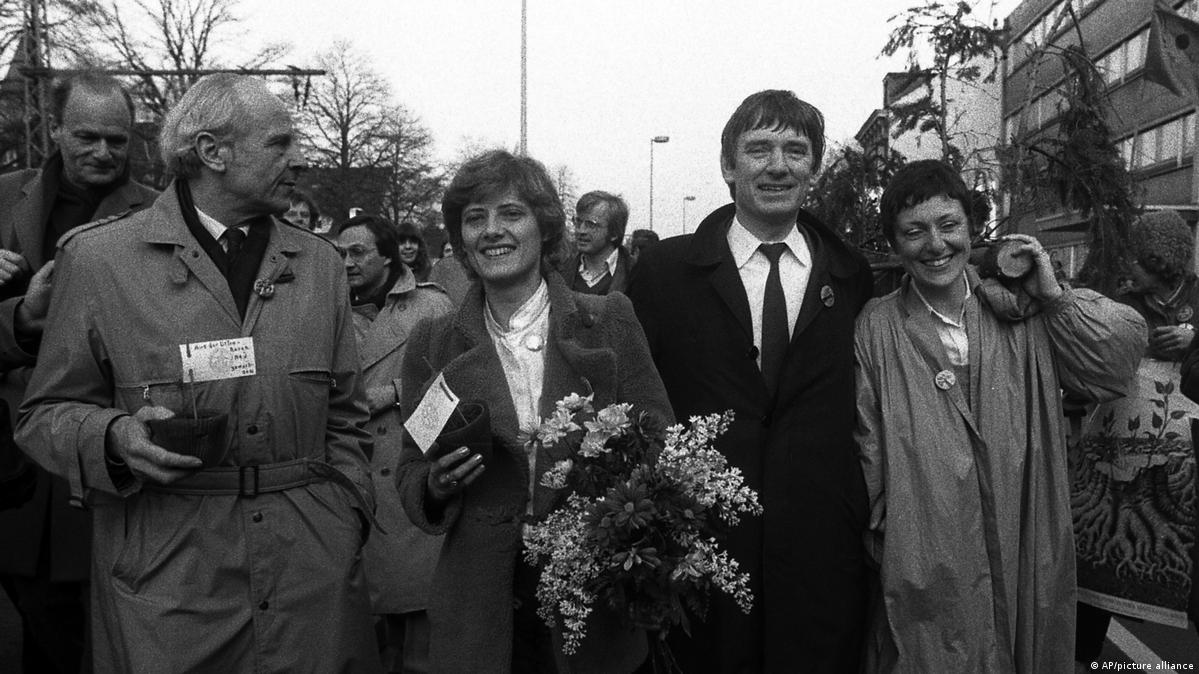











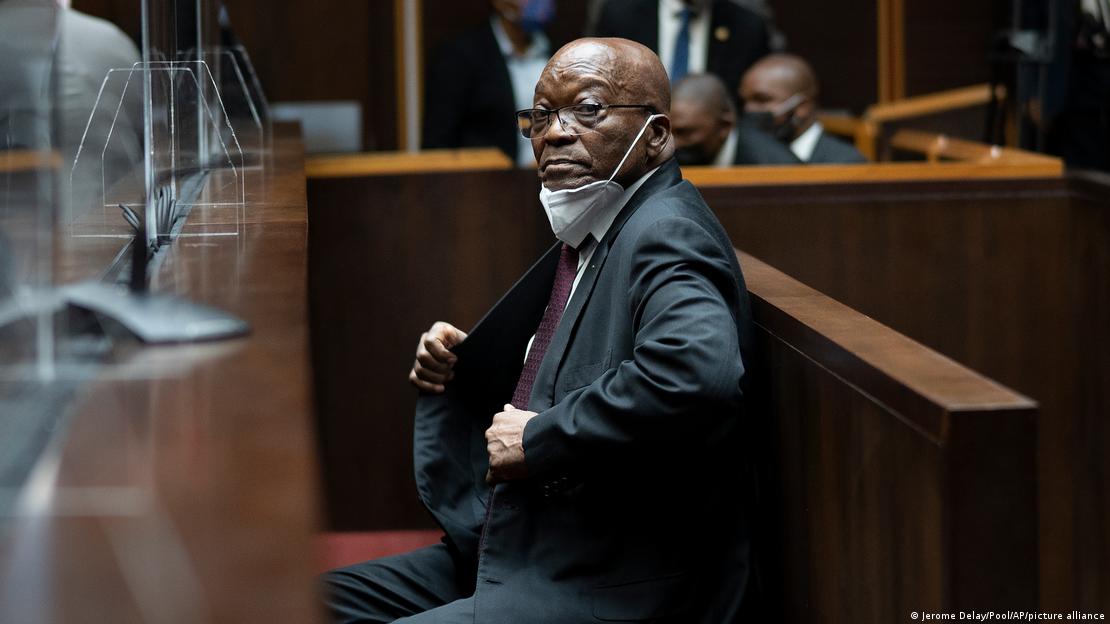

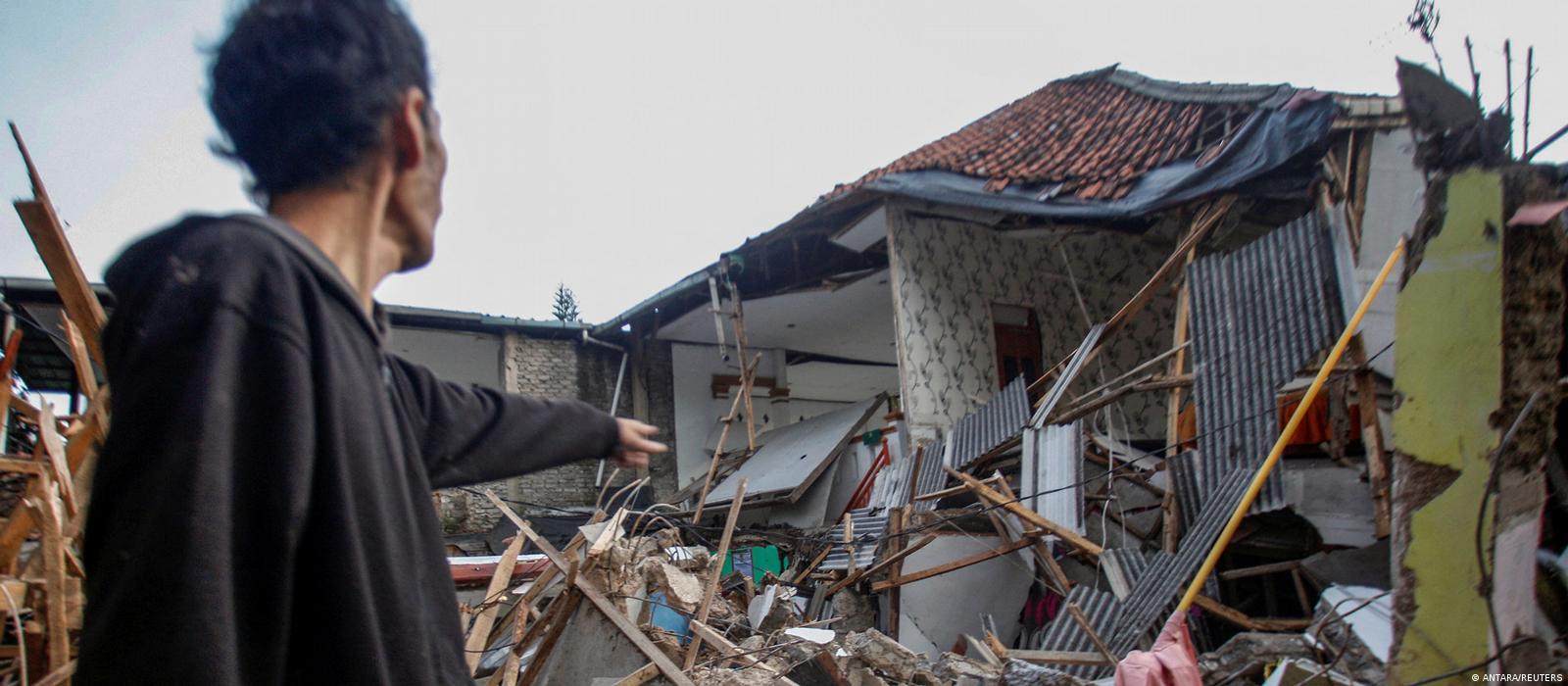
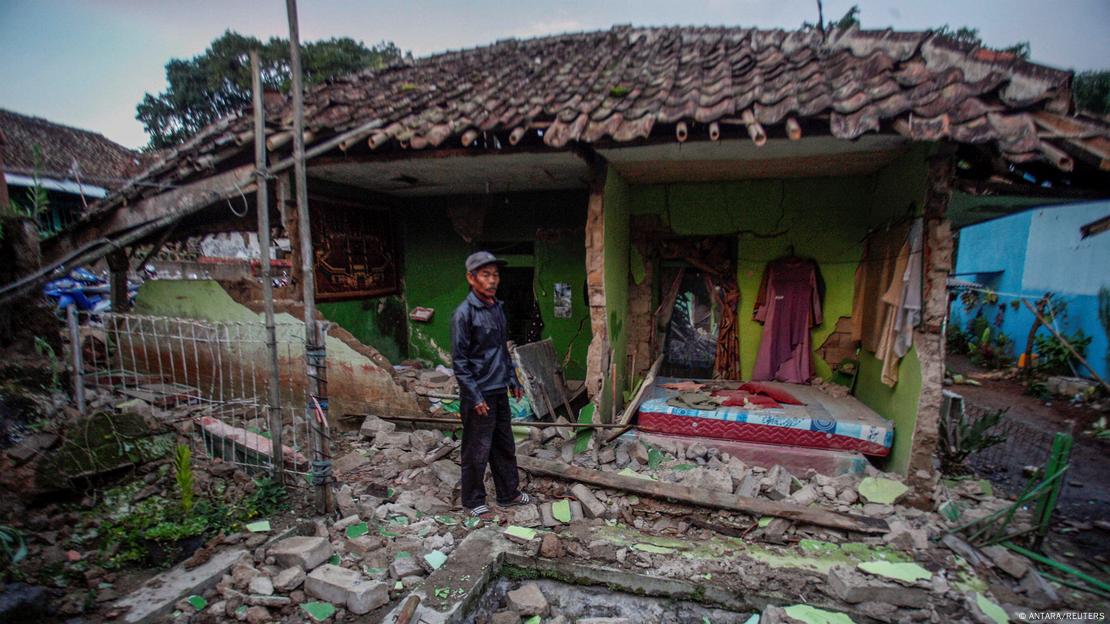
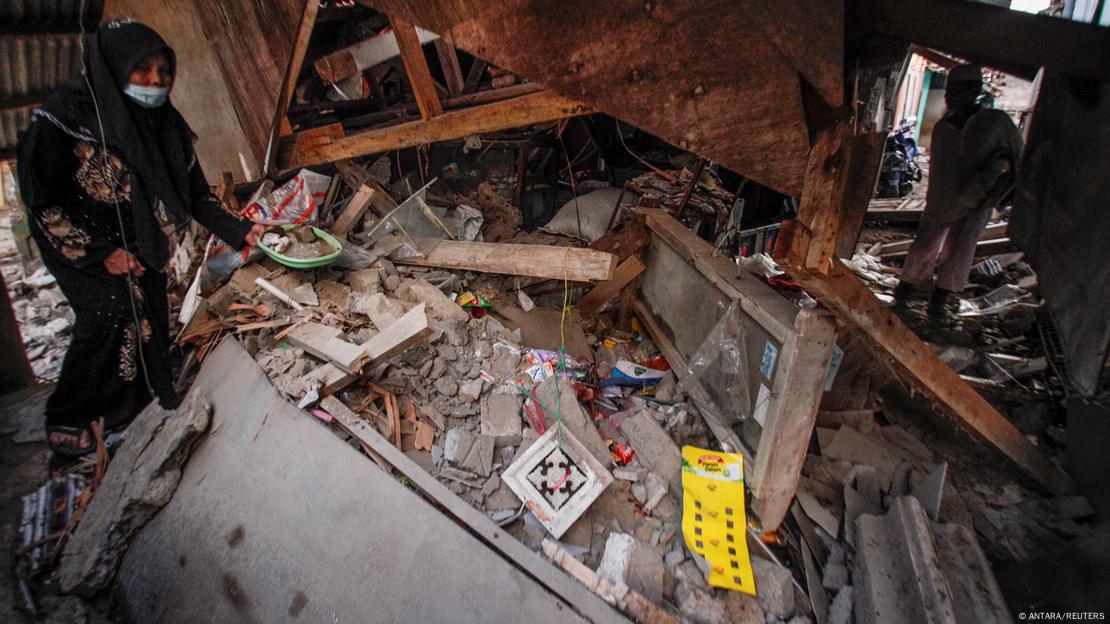


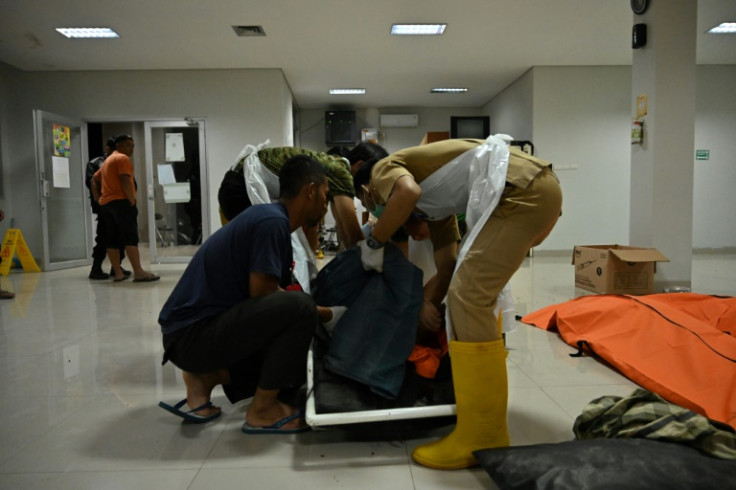



:quality(70)/cloudfront-eu-central-1.images.arcpublishing.com/thenational/5PDYBKLLHHJHXIJS7M467C4EXM.jpg)
:quality(70)/cloudfront-eu-central-1.images.arcpublishing.com/thenational/QIKP7K5U7STYRCV3RXOISQVYKY.jpg)
:quality(70)/s3.amazonaws.com/arc-authors/thenational/93b37c8d-ca93-4e4d-b54d-9c3196ae83fa.png)

